
Transpac Shaping Up Nicely
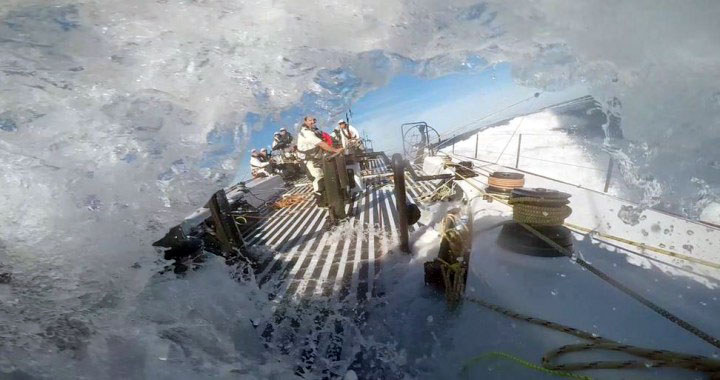
©2015Latitude 38 Media, LLC
The early entry deadline for the 48th Los Angeles to Honolulu Transpacific Yacht Race is six weeks away — March 1 — and the late entry deadline is June 1. As of this morning, 34 boats had entered — including two 100-footers fresh from success in the recent Rolex Sydney Hobart Yacht Race.
The two 100-footers signed up so far are Wild Oats XI, the Reichel-Pugh 100 that just took line honors in Hobart for a record eighth time, besting Jim Clark’s $100 million 100-ft Comanche and her all-star crew. Wild Oats has been entered by Robert Oatley of Australia’s Hamiliton Island YC and Roy P. Disney of Southern California. The second 100-footer entered is Manouch Moshayedi’s totally redesigned Newport Beach-based Bakewell-White Rio100, the fourth finisher in the Sydney Hobart. Comanche will be going after the Transatlantic record, so she’ll not be racing to Hawaii, but there could be other 100-footers.
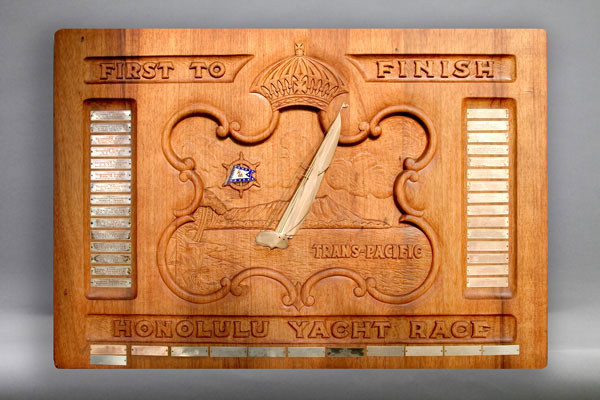
The third biggest entry is an international sailing legend, the S&S 79 Kialoa III, campaigned around the world starting in 1974 by Jim Kilroy of Los Angeles. She’s now owned by Jorge Madden of Helena, Montana, who nonetheless will be racing under the burgee of the Yacht Club of Monaco.
We’re also happy to see that our friend Lloyd Thornburg of Santa Fe, St. Barth and the New York YC will be returning with his totally rebuilt Gunboat 66 cat Phaedo (‘Fay-dough’). The big orange machine — with a 12,000-pound load on the headstay at rest — had turned in a 24-hour run of 427 miles in the last Transpac before losing her stick. Another Gunboat cat, Chim Chim, the second Gunboat 62 ever built, is undergoing a total refit at Driscoll’s in San Diego. Her owner hopes she’ll be done in time for a run to the islands. We’ll have more on Chim Chim and Rio 100 in the February issue of Latitude 38.
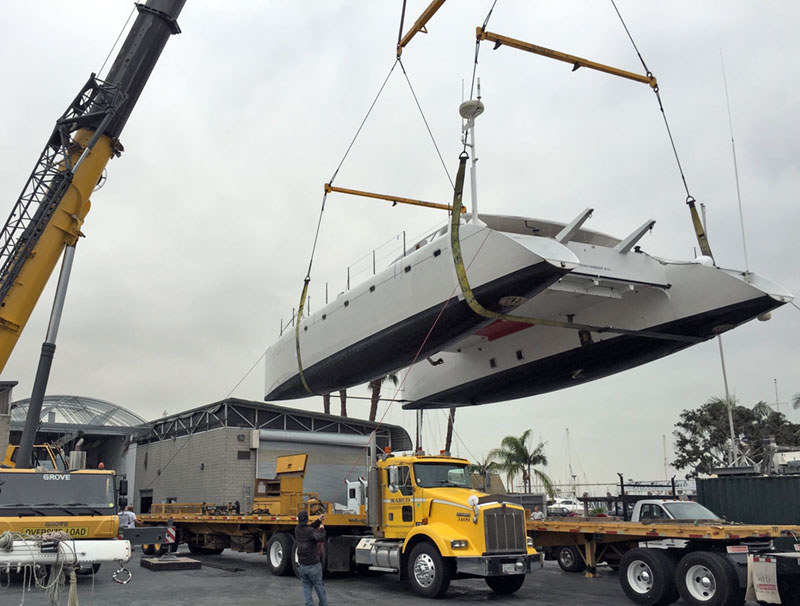
©Latitude 38 Media, LLC
The Transpac has always been a sledfest; so far three SC70s — Grand Illusion, Holua and Maverick — have signed up. More are expected.
The oldest of the ‘oldie but goodies’ is Martha, an 84-ft schooner that was built in 1907, entered by the Schooner Martha Foundation of Port Townsend, Washington.
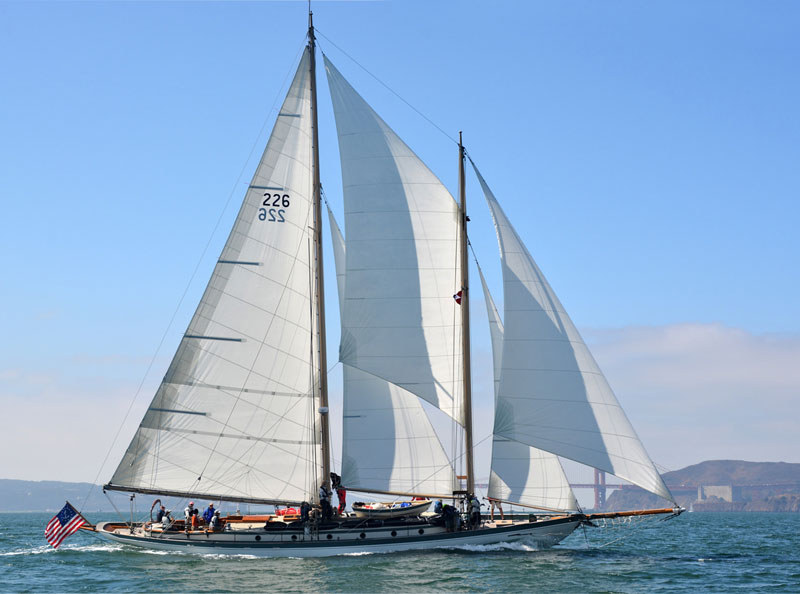
The second oldest boat entered to date is Sam and Willi Bell’s Long Beach-based Lapworth 50 Westward. Built in 1962, the Lapworth 50 actually has a shot at overall corrected time honors, as evidenced by the fact that she was near the top of the leaderboard for much of the 2013 Transpac.
If you have a more ‘normal’ boat, don’t be deterred from entering, as owners have already signed up with a Beneteau, two Jeanneaus, a Catalina, a Swan and such. From Northern California, Dean Treadway has entered his Richmond YC-based cold-molded Farr 36 Sweet Okole. Entry fees range from $1,250 to more than $10,000. For details, visit www.transpacyc.com.
Feeling the Pain
Although our principal ‘beat’ is to report on sailing activities on the West Coast and beyond, we also do our best to keep track of news and trends in the wider watersports industry. One thing that’s become obvious to us in recent years is that the popularity of various watersports seems to be constantly evolving. Take windsurfing, for example. The skyrocketing growth of kiteboarding all but killed windsurfing, as many enthusiasts transitioned to kiting due to the promised thrills, short rig-up time and portability of the gear. An unmistakable indicator that the sailing industry had taken notice was when champion kiter Johnny Heineken was chosen as the 2012 Rolex Yachtsman of the Year.
Another example of popularity shifts in watersports comes to us from the Eastern Caribbean. For well over a decade our old friend Andy Morrell used to run the HIHO, a weeklong windsurfing regatta, where competitors and their families from around the world were accommodated aboard big charter cats as the event moved through the British Virgin Islands chain. If our memory serves us, at its peak, the fleet swelled to 28 boats.
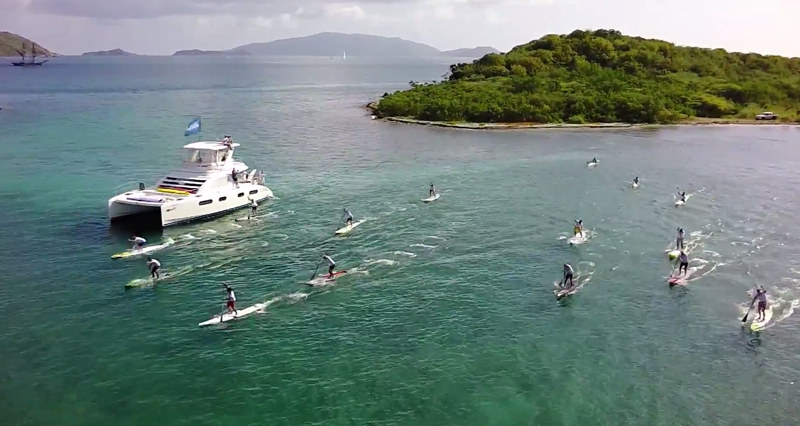
©Latitude 38 Media, LLC
But because international interest in windsurfing has diminished, Morrell’s focus is now on standup paddleboarding (SUPing). Over the weekend he ran the third annual Painkiller Cup, a 14-mile tag-team paddling race from Tortola’s Trellis Bay to the Soggy Dollar Bar at White Bay, Jost Van Dyke, ‘birthplace’ of the famous painkiller cocktail (now marketed as the Pusser’s Painkiller). Three-person teams came from as far away as Mexico, and each trio had to include at least one female paddler. An abbreviated course called the Mini Painkiller was staged for mere mortals: three miles, from Sandy Cay to the same finish line. Unlike most sailing races, the top team — this year from Mexico — takes home $5,000 in cash, with smaller prizes totaling more than an additional $5,000. Check it out.
Video courtesy Painkiller Cup
We’ve got to hand it to Morrell. Even though he lives far from the mainstream, he always seems to have his hand on the pulse of what’s hip and what’s ‘trending’ in watersports.
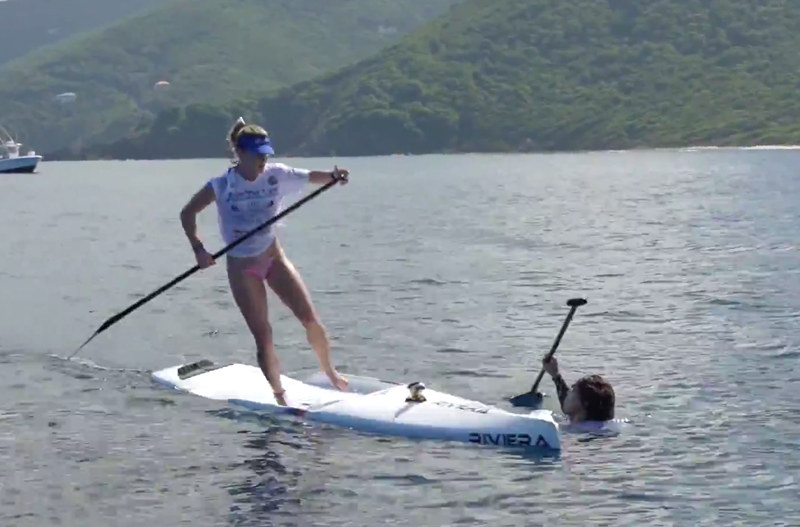
©2015Latitude 38 Media, LLC
The Most Peaceful Setting in Mexico?
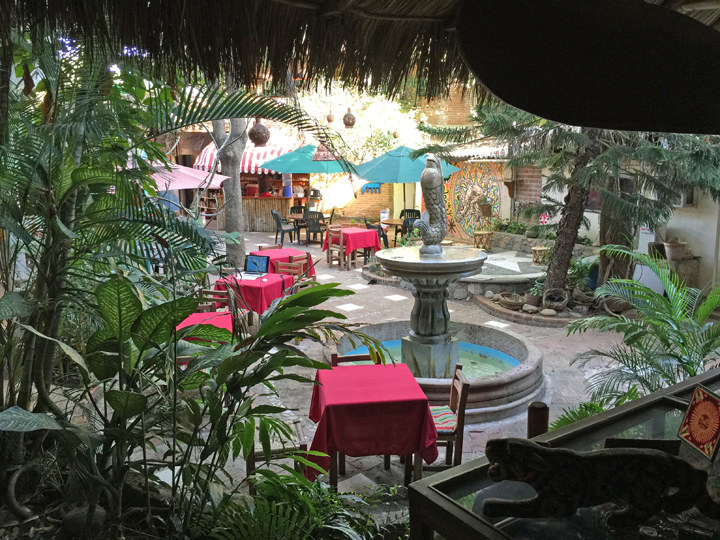
©Latitude 38 Media, LLC
If you’re searching for extreme tranquility in Mexico, in our opinion you don’t have to look farther than the Jardin del Pulpo — the Octopus’ Garden — in La Cruz on Banderas Bay.
The ‘Garden’ is an enclosed shaded refuge surrounded by a number of whimsical yet functional structures, with a central fountain providing soothing background music. The compound currently functions as a coffee shop, hostel, Huichol art gallery, dance and exercise workshop, and a venue for frequently unusual educational presentations.
The Jardin has been the passion of Waylan Combe Wright of England and his wife Aruna Piroshki, who was born in Egypt but raised in England after age seven.
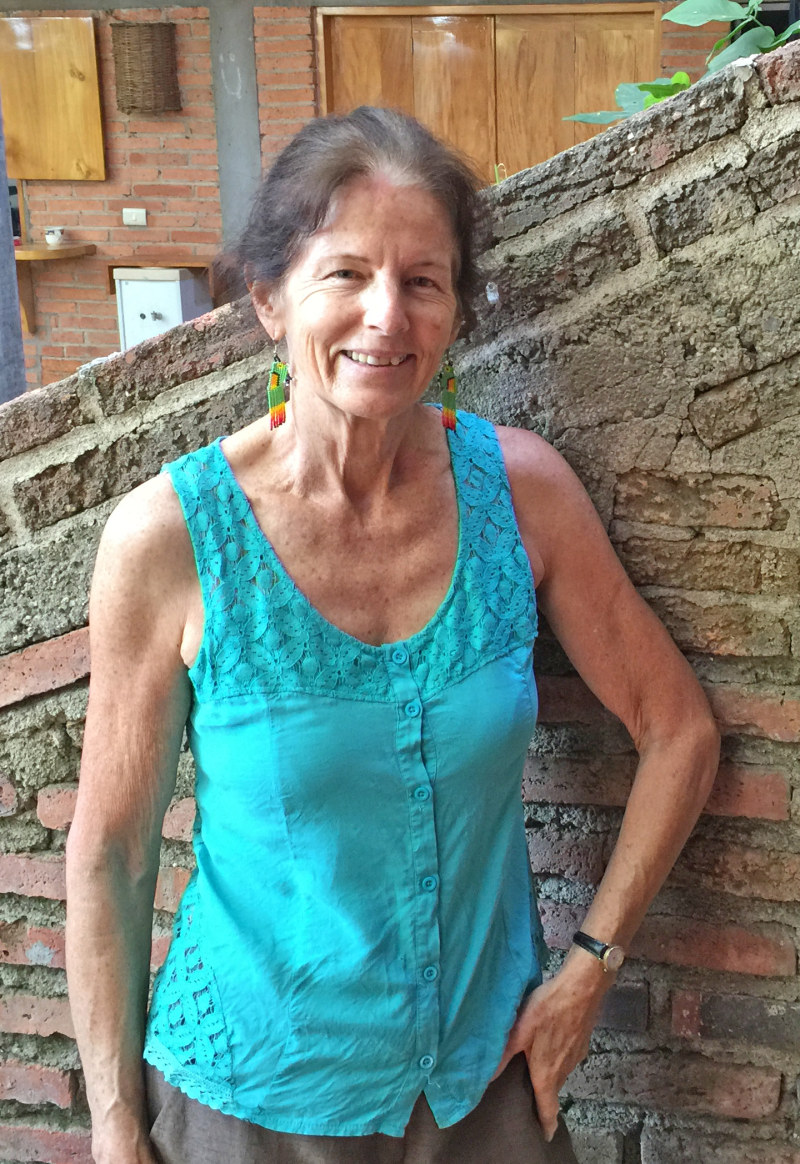
©2015Latitude 38 Media, LLC
The couple met while studying architecture, but soon decided that they were more interested in artistic and performance endeavors. For example, they built a little cart they would tow behind their bicycles and take to fairs in London. Dressed in costume, they would sell samosas — which are deep-fried vegetable curry pastries — from the fanciful cart.
Somewhere along the line they got a bee in their bonnet to sail across the Atlantic and Caribbean and up the Columbia River, and to Pt. Townsend, Washington. To that end they built a 32-ft catamaran out of locally obtained materials — which meant canvas, tar and paper, over a pine-and-ash wood frame. The pine came from the floors of their former home in London. Aruna describes the vessel as "a cross between an Irish curragh and a Polynesian catamaran."
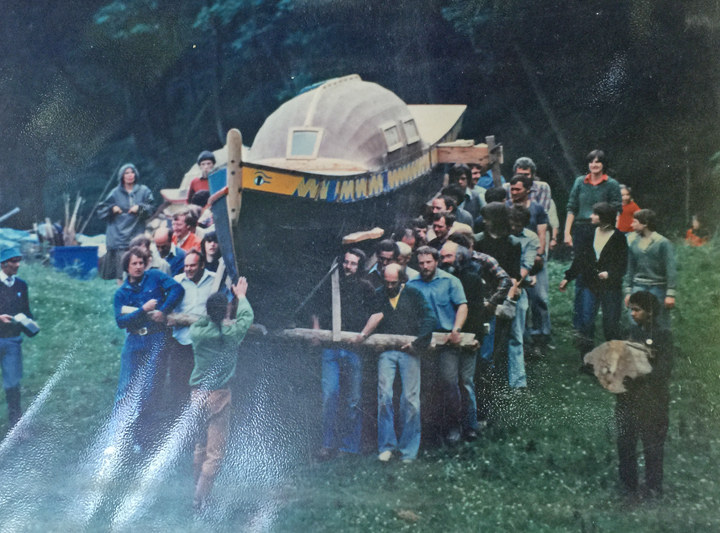
©2015Latitude 38 Media, LLC
The bold couple set sail across the Atlantic in 1982 with their seven-month-old daughter Kaerolik. She was given the Eskimo name because she was born during the coldest winter ever recorded in England. Aruna says that after Kaerolik spent so much time on the boat "she couldn’t wait to dive into schooling." The woman with the Eskimo name has since grown up in the tropics to become an environmental engineer.
The family spent two years in Nicaragua and four years in Costa Rica before finally arriving at then-quiet La Cruz in 1990. Somewhere along the way the cat’s single mast was replaced with a mast on each hull. Very innovative. The sails are vaguely reminiscent of those on Maltese Falcon. The family never did make it to Port Townsend.
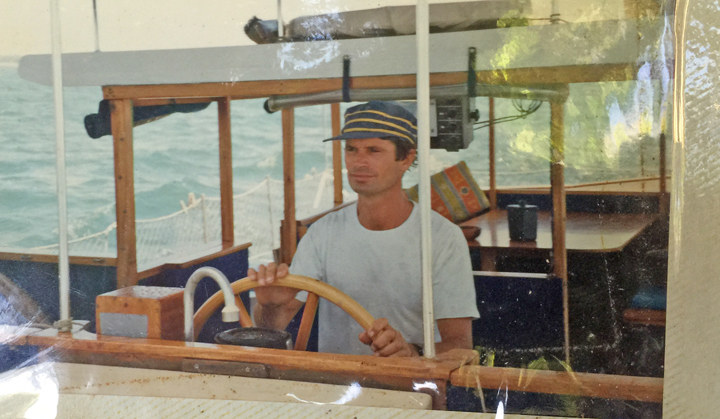
©2015Latitude 38 Media, LLC
After renting the Jardin grounds starting in 1994, Waylon and Aruna bought it in 1999 and have continued to make additions and improvements. A do-it-yourselfer all the way, the 66-year-old Waylan tragically fell from a ladder last year, suffering considerable damage to his spine. Mostly bedridden ever since, he’s been making progress as evidenced by three recent assisted visits to a swimming pool. He reports that his body and spirits have been buoyed by regular visits by very good friends in the local community. Thanks to a voice-activated computer, he’s beginning to write a book about the couple’s adventures.
From the minute we met Waylon and Aruna, we’ve felt a close affinity and deep admiration for their unconventional yet productive lifestyle. During our life we’ve made several dismal attempts at meditation. Ironically, about the most successful meditations we’ve experienced have been while writing next to the fountain and greenery of the Jardin del Pulpo. If you’re looking for something a little different and very peaceful, we recommend a visit to the Octopus’ Garden.
Do you have a favorite tranquil place in Mexico — or anywhere else in the sailing world? We’d love to hear about it.
